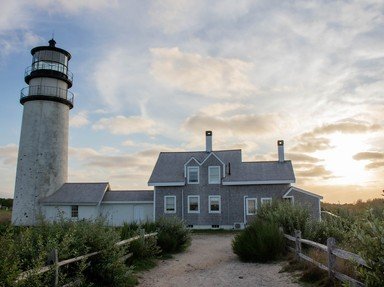Quiz Answer Key and Fun Facts
1. What actually is the Eddystone?
2. For what is the Eddystone most famous?
3. Who was the first person to build a lighthouse on the Eddystone?
4. What happened to the first tower?
5. The next lighthouse was also built by a man who was neither an engineer nor an architect. He was born into a poor family in Cornwall around 1650, but made his own way in life and became a silk merchant and property developer. Undoubtedly a man of many talents, who was he?
6. The Eddystone lighthouse was one of the first ever built on a rock at sea. Men have built lighthouses on land for millennia. The Romans and Phoenicians built many, but which country built the first tower at sea?
7. The third Eddystone lighthouse is probably the best known. Who built it?
8. Smeaton's Tower eventually had to be replaced. Why?
9. When the new tower was completed, Smeaton's Tower was carefully demolished and relocated on dry land. Where is it now?
10. The fourth and current lighthouse was completed in 1882. Who designed it?
Source: Author
invinoveritas
This quiz was reviewed by FunTrivia editor
stedman before going online.
Any errors found in FunTrivia content are routinely corrected through our feedback system.
